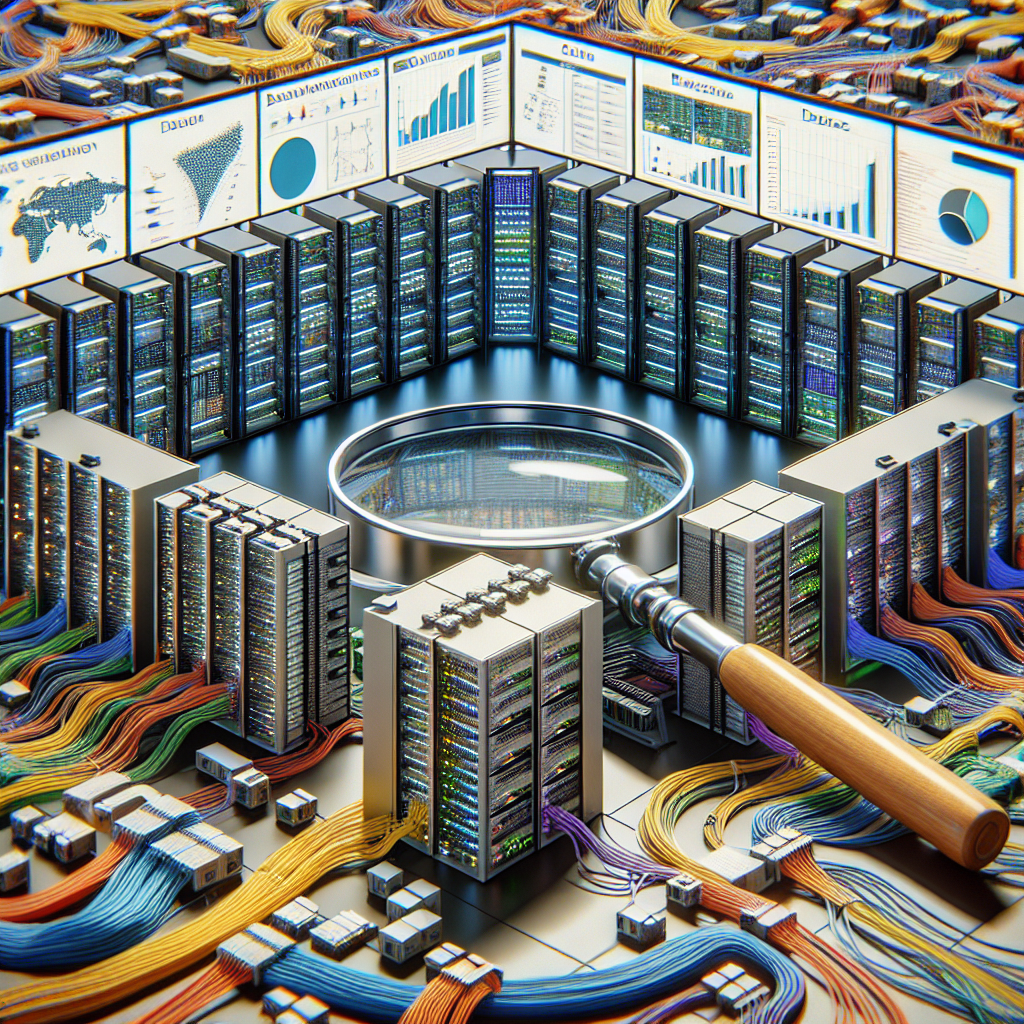In today’s data-driven world, choosing the right database for your data center is crucial. With so many options available, it can be overwhelming to determine which one is the best fit for your organization’s needs. In this comprehensive guide, we will discuss the factors to consider when selecting a database for your data center and provide an overview of the most popular database options on the market.
Factors to Consider
Before selecting a database for your data center, it is important to consider the following factors:
1. Data Volume: Consider the amount of data your organization will be storing and processing. Some databases are better equipped to handle large volumes of data than others.
2. Performance: Evaluate the speed and efficiency of the database in processing queries and transactions. Look for databases that offer high performance and low latency.
3. Scalability: Consider whether the database can easily scale to accommodate growth in data volume and user load. Scalability is crucial for ensuring that your database can meet the needs of your organization as it grows.
4. Reliability: Look for databases that offer high availability and reliability to ensure that your data is always accessible and secure.
5. Security: Consider the security features offered by the database, such as encryption, authentication, and access control. Data security is a top priority for organizations handling sensitive information.
6. Cost: Evaluate the cost of implementing and maintaining the database, including licensing fees, hardware requirements, and ongoing support costs. Choose a database that fits within your organization’s budget.
Popular Database Options
There are several types of databases available on the market, each with its own strengths and weaknesses. Some of the most popular database options for data centers include:
1. Relational Databases: Relational databases store data in tables with rows and columns, making them suitable for structured data. Examples of relational databases include MySQL, PostgreSQL, and Oracle Database.
2. NoSQL Databases: NoSQL databases are designed to handle unstructured and semi-structured data, making them ideal for big data and real-time analytics. Examples of NoSQL databases include MongoDB, Cassandra, and Redis.
3. In-Memory Databases: In-memory databases store data in memory rather than on disk, allowing for faster data access and processing. Examples of in-memory databases include Redis, Memcached, and VoltDB.
4. Graph Databases: Graph databases are designed to store and query interconnected data, making them ideal for social networks, recommendation engines, and fraud detection. Examples of graph databases include Neo4j, Amazon Neptune, and ArangoDB.
5. Time-Series Databases: Time-series databases are optimized for storing and querying time-stamped data, making them ideal for IoT, monitoring, and logging applications. Examples of time-series databases include InfluxDB, Prometheus, and TimescaleDB.
Conclusion
Choosing the right database for your data center is a critical decision that can have a significant impact on your organization’s operations and success. By considering factors such as data volume, performance, scalability, reliability, security, and cost, you can select a database that meets your organization’s needs and goals. Whether you opt for a relational database, NoSQL database, in-memory database, graph database, or time-series database, make sure to thoroughly evaluate your options and choose the best fit for your organization.


Leave a Reply